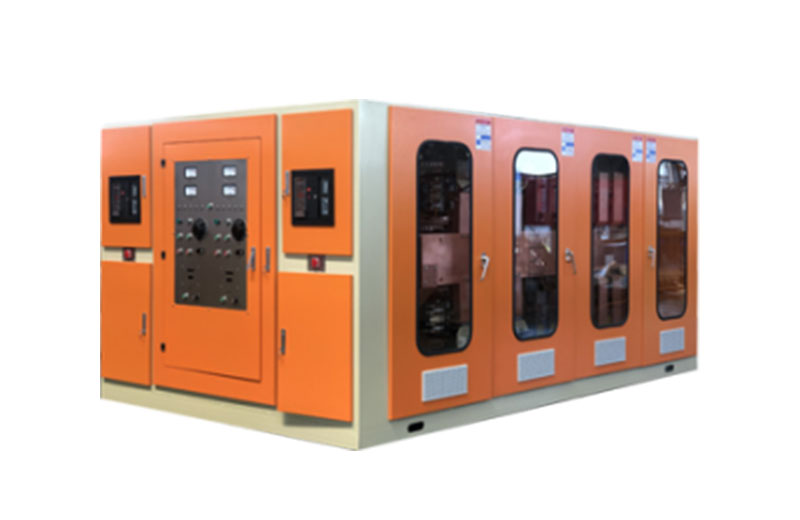Selection of Power Supply Parameters for Intermediate Frequency Furnace
The power supply is an essential component of an intermediate frequency furnace, which plays a crucial role in the operation and performance of the furnace. It provides the necessary electrical energy to heat the metal and melt it efficiently. The selection of power supply parameters is crucial to ensure the furnace’s performance and energy efficiency.
When choosing an intermediate frequency power supply, how to determine the key parameters?

medium frequency power supply
Power Supply Type:
There are two common types of power supplies used in intermediate frequency furnaces: thyristor-based and IGBT-based power supplies. Thyristor-based power supplies are cost-effective but have limitations in terms of efficiency and control. On the other hand, IGBT-based power supplies offer better control and higher efficiency, making them more suitable for modern intermediate frequency furnaces. The choice between these two types depends on the specific requirements and budget of the furnace.
Frequency:
The frequency of the power supply is another critical parameter that needs to be carefully selected. The frequency determines the heating rate and the depth of penetration into the metal. Generally, intermediate frequency furnaces operate at frequencies between 500 Hz and 10 kHz. Higher frequencies provide faster heating rates but may result in shallower penetration. The frequency should be chosen based on the type and size of the metal being melted.
Voltage and Current:
The voltage and current ratings of the power supply are also important considerations. Higher voltage and current ratings allow for faster heating and larger metal loads. However, it is essential to ensure that the furnace’s electrical system can handle the chosen voltage and current levels. Additionally, the power supply should be capable of providing a stable output voltage and current to maintain consistent heating performance.
Other Parameters:
Apart from the primary parameters discussed above, there are several other factors to consider. These include the power supply’s efficiency, power factor, harmonic distortion, and protection features. A highly efficient power supply will minimize energy losses and reduce operating costs. A good power factor ensures efficient power utilization, while low harmonic distortion prevents interference with other electrical equipment. Furthermore, the power supply should have comprehensive protection features to safeguard against short circuits, overloads, and other electrical faults.
Conclusion:
The selection of power supply parameters is crucial for ensuring the efficient and stable operation of an intermediate frequency furnace. By considering factors such as power supply type, frequency, voltage, current, efficiency, power factor, and protection features, the furnace’s performance can be optimized. Careful consideration of these parameters will result in improved energy efficiency, reduced operating costs, and enhanced melting capabilities for the intermediate frequency furnace.

